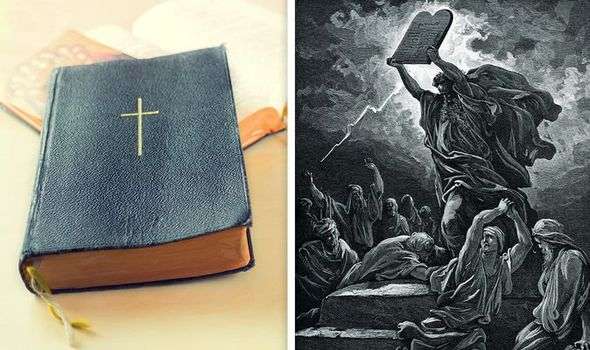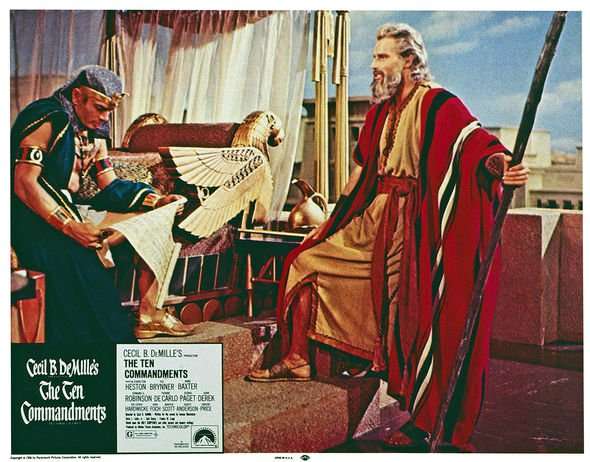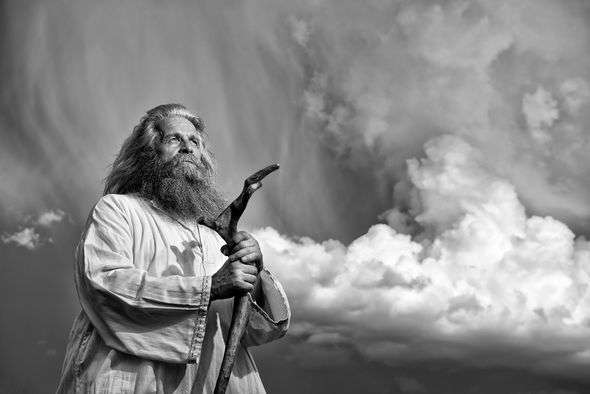THE BIBLE has been translated into more than 600 languages since the birth of Jesus Christ, but one small error in translation could change one of the Bible’s most well-known stories.
The account of God parting the Red Sea in the Book of Exodus is known by many people, including those who do not follow the Christian faith. The story has been adapted numerous times by Hollywood, most famously in the 1956 film The Ten Commandments with Charlton Heston in the role of Moses. According to the Book of Exodus, as Moses led God’s chosen people out of Egypt, God parted the Red Sea to let them pass unharmed.
Trending
However, according to bible expert and college professor Tom Meyer, Moses never led the Jewish people through the Red Sea.
Instead, Professor Meyer told Express.co.uk the story was wrongly translated into English from the earliest known Greek translation of the Hebrew Bible.
Professor Meyer, who is also known as the Bible Memory Man, believes Moses crossed the Reed Sea, which could be a different body of water altogether.
He said: “The account of God parting the Red Sea so Israel could pass through on dry ground at the Exodus is widely known.


READ MORE
-

End of the world claim: Jerusalem third temple fulfils Bible prophecy
“What is not widely known is that the Red Sea has been incorrectly identified.
“Because of a slip of the pen, English translations of the Bible identify this sea as the ‘Red Sea’.”
According to the expert, the mistranslation can be traced to the Septuagint – the oldest known Greek translation of the Bible.
The Septuagint, commissioned by the Pharaoh Ptolemy II Philadelphus in the third century BC, identified the Sea of Suph in Hebrew as the Red Sea and not the Reed Sea.
Professor Meyer said: “Where is this Reed Sea whose waters were divided and Pharaoh’s host drowned?
“After the first Passover when God slew all the firstborn males in Egypt at the 10th plague, Israel headed southeast from Rameses in the region of Goshen.
__BREAK1RIGHT__
“Rameses has been identified by archaeologists with Tell ed-Daba, a site located 62 miles northeast of Cairo.
“The Israelites made camp the first night of their Exodus at a place called Succoth, whose identification is uncertain.”
According to the Romano-Jewish historian Flavius Josephus, the Israelites went on to spend a night at the Etham, a fort near the eastern edge of the Nile Delta.
DON’T MISS…
Coronavirus: The Bible forbids the eating of bats [INSIGHT]
Did the Bible warn us of a deadly asteroid impact? [INTERVIEW]
What the Bible said must happen before Second Coming of Christ [ANALYSIS]


READ MORE
-

Archaeology news: Do these ancient artefacts prove Bible was right?
Josephus identified the location within the ancient city of Letopolis.
Professor Meyer said: “It was at Etham that God told Moses to change the direction Israel would take to Canaan.
“The Israelites turned back and camped near Pi-hahiroth, probably the area located west of the modern-day Suez Canal near the Bitter Lakes.
“It was on the western shores of the Reed Sea – probably the Bitter Lakes – that Israel was to camp on the third night of the Exodus.
“To this day, the narrow mountain valley through which Israel approached the Bitter Lakes is called by the locals, Tiah ben Israel, or ‘the way of the children of Israel’.”
The exact location of the Sea of Suph, or Yam Suph, is still debated by historians.
Some theories speculate it could be a reference to the Gulf of Eliat, which is also mentioned in the Book of Kings.
Another theory suggests the Sea of Suph is the Lake of Tanis near the coast of Egypt.
Professor Meyer is a lecturer, public speaker and scripture expert who has memorised more than 20 books from the Bible.
Sourse: www.express.co.uk





